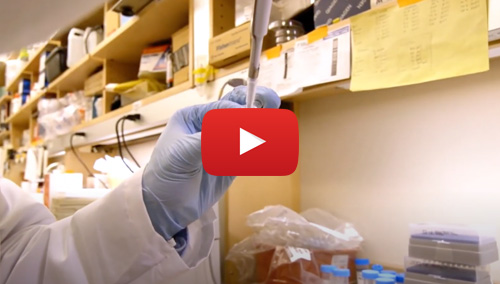Professor Benetz conducts image analytics for prediction of keratoplasty failure. She is one of the Multiple Principal Investigators (MPI) on an NEI R21 grant working with David Wilson, PhD, Professor in the Department of Biomedical Engineering, which will create specialized image analytics artificial intelligence software for prediction of keratoplasty failure. Dr. Lass is an active collaborator on the NEI R21 grant.
Drs. Lass (study chair), Szczotka-Flynn, and Professor Benetz (co-investigators) have led the NEI funded, multi-centered prospective randomized controlled trial, the Cornea Preservation Time Study (CPTS), which enrolled 1330 participant-eyes undergoing Descemet stripping automated endothelial keratoplasty (DSAEK) at 40 clinical sites, 70 investigators and 23 eye banks across the United States. Important findings regarding preservation time and other factors impacting DSAEK outcomes in 12 papers were released over past 3 years in high profile journals that drive improvements in eye banking and keratoplasty practice (https://public.jaeb.org/cpts/pubs).
Dr. Szczotka-Flynn examines genetic susceptibility to devastating bacterial corneal ulcers in contact lens wearers. She is MPI with Dr. Sudha Iyengar in the Department of Population and Quantitative Health Scieces at CWRU on an NEI R21 funded multi-center case-control study performing a genome wide association study searching for genetic and other risk factors for infection. Dr. Rhee is CWRU-site PI for the NEI-funded Neighborhood Consortium Project (Janey Wiggs PI) recruiting patients with advanced or low tension glaucoma for genetic susceptibility. Dr. Kurup participates as CWRU Site-PI for the NIH-funded Diabetic Retinopathy Clinical Research Network (DRCR.net) which recruits DRCR enrolled participants for genetic analyses. Dr. Lass was Co-Investigator with the PI, Dr. Iyengar, on the NEI funded Fuchs' Endothelial Corneal Dystrophy (FECD) Genetics Multi-Center Study which was led at CWRU and its study team has published in Nature Communications on multiple novel loci detected. These studies continue to elucidate the genetic contributions to the pathogenesis of FECD.
Dr. Rhee investigates the molecular mechanisms of extracellular matrix homeostasis within the outflow pathways of the trabecular meshwork and ciliary body, focusing on the matricellular protein, SPARC, and matrix metalloproteinases, as it relates to the normal regulation of intraocular pressure and dysregulation that results in an increased intraocular pressure.
Dr. Szczotka-Flynn examines host response, bacteria, microbiome, and genetic risk factors associated with adverse effects (corneal infiltrates and infection) from hydrogel lens wear. Dr. Taylor’s research focuses on the role of IL-17, one of the most prevalent cytokines in inflammatory disorders and diabetes. Dr. Subauste's laboratory studies how CD40 stimulates autophagy to kill Toxoplasma gondii and the strategies used by the parasite to avoid autophagic killing. This is leading to testing novel therapeutic modalities against toxoplasmosis in mouse models of this disease that could lead to new treatments of human ocular toxoplasmosis. Dr. Medof studies the protection of self cells conferred principally by intrinsic cell surface regulators. These molecules are the decay-accelerating factor (DAF or CD55), membrane cofactor protein (MCP or CD46), and membrane inhibitor of reactive lysis (MIRL or CD59). These regulators play an important role in ocular inflammation and further understanding could lead to new treatments for ocular inflammatory diseases.
Dr. Park examines the mechanisms of signal transmission in the retina and the role of rhodopsin mutations and oligomerization in vision-related disorders. Dr. Pikuleva studies cholesterol homeostasis in the retina and identifies retinal cholesterol-related pathways that can be targeted pharmacologically for treatment of age-related macular degeneration and diabetic retinopathy. Dr. Taylor investigates the role of IL-17 in diabetic retinopathy and the potential of this cytokine as a therapeutic target. The objectives of Dr. Salomon’s lab is to understand the role of lipid oxidation in disease, to develop new diagnostic tools for identifying individuals at risk and assessing the efficacy of therapeutic interventions, and to provide a molecular basis for the design of new drugs and strategies for the prevention or treatment of oxidative injury. His work may have great relevance in the development of new treatments for macular degeneration.



